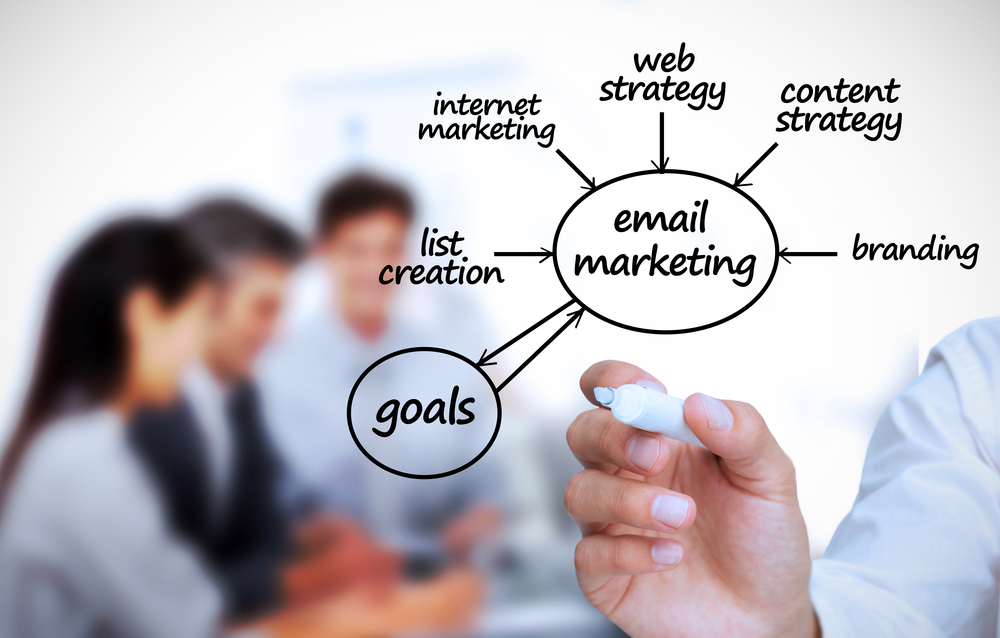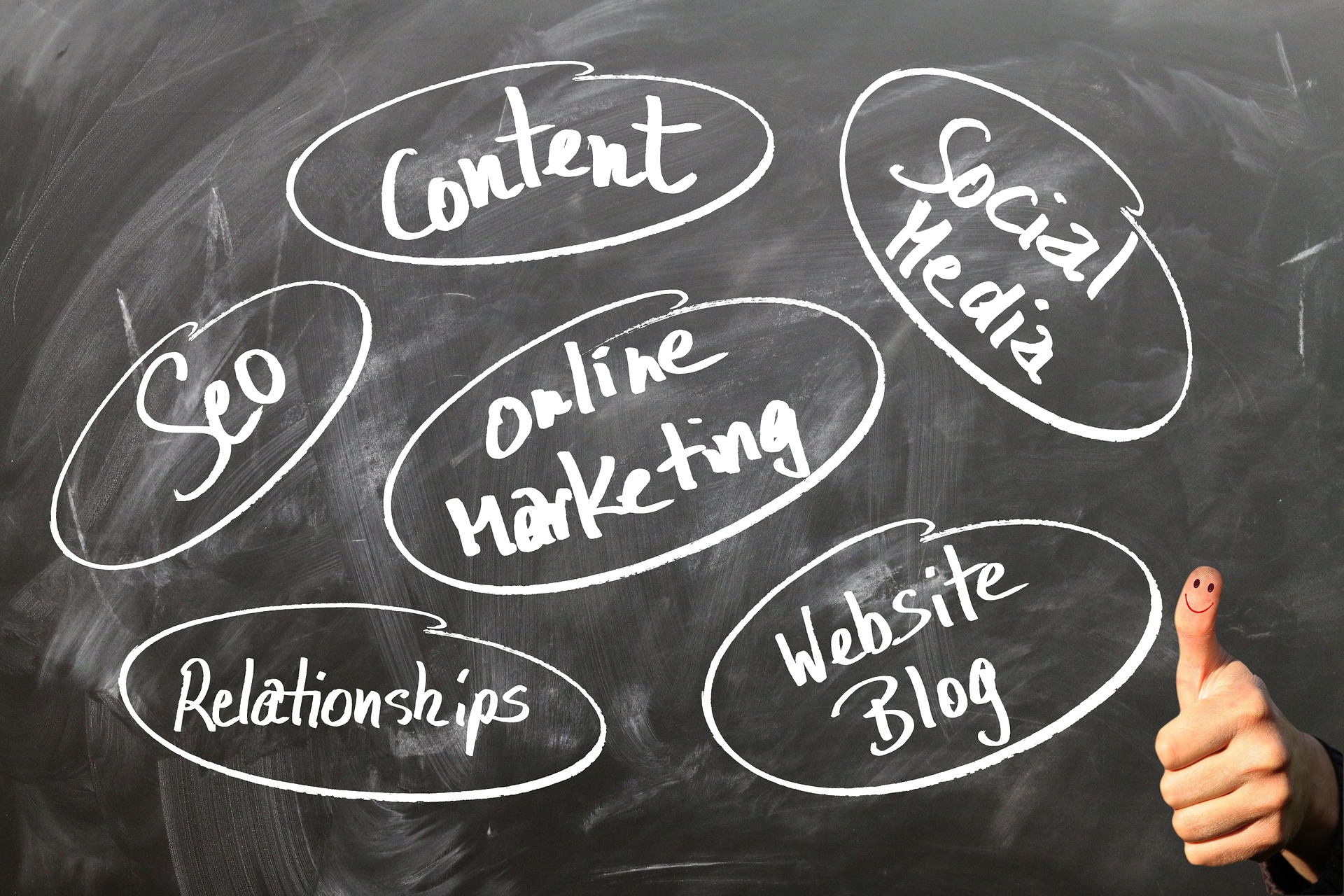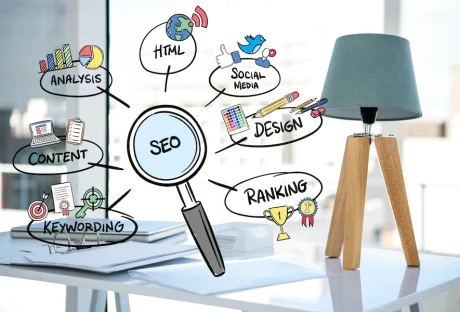Marketers spend countless hours making sure every piece of content they publish online is optimized. However, many marketers fail to take the time to optimize their e-newsletters. These newsletters are not published online, which means they are not indexed by search engines such as Google and Bing. But, this should not stop marketers from making an effort to integrate email marketing with SEO.
Effective email marketing campaigns drive traffic, increase engagement, and lower your bounce rate, which are three factors that affect your website’s ranking. Because of this, it is important to optimize email marketing campaigns in order to improve your ranking within search results. Here’s how:
Encourage Engagement:
Link to some of the most recent blog posts in your e-newsletter and encourage your audience to engage with your content. How? Ask them to leave comments with their feedback, questions, and suggestions. Search engines look favorably upon websites with an engaged community of users that are commenting on posts. If you encourage your subscribers to leave comments, this could improve your website’s ranking.
You should also place social share buttons next to your content and within the email campaign template so your readers can easily share your work with their followers. It’s important to encourage engagement in any way you can to boost your SEO ranking.
Create Link Building Opportunities:
Marketers can also use their email marketing campaigns to build inbound links, which are links to your website that are placed on other third party websites. If your inbound links are placed on relevant and trustworthy websites, this will have a positive impact on your ranking.
Create link building opportunities by including links to interesting pieces of content you’ve written within your email campaign. For example, if you’ve recently published the results of a study, include a link to this page within your email newsletter. This makes it easier for someone who wants to cite your work to find the link and place it on their website. If you choose the right piece of content to promote, you should see a spike in inbound links in the weeks following your email marketing campaign.
Identify New Keywords:
Many companies solicit feedback from their customers using email survey campaigns. This is a great way to hear what customers really think about your business, and it can also be used to improve your SEO. How? Include a few open-ended questions so participants have to answer in their own words. The way they write these responses is probably similar to the way they would write a search query, so this is the perfect opportunity to analyze their responses to look for potential keywords. For example, a gym might realize that their customers tend to refer to their business as a fitness center or health center rather than a gym. In this case, the survey helped this business learn that targeting “fitness center” or “health center” would be a better way for them to reach their target audience.
Optimizing email marketing campaigns is important, but it’s also crucial for marketers to remember the basics. Keep the subject line short and sweet, but make sure it is interesting enough to grab consumers’ attention. The campaign should also be mobile-friendly to ensure that it can be accessed by users on their smartphones or tablets. Following these simple tips will help you integrate your email marketing with your SEO strategies so you can increase your website’s visibility and your company’s bottom line!
Read Also:























